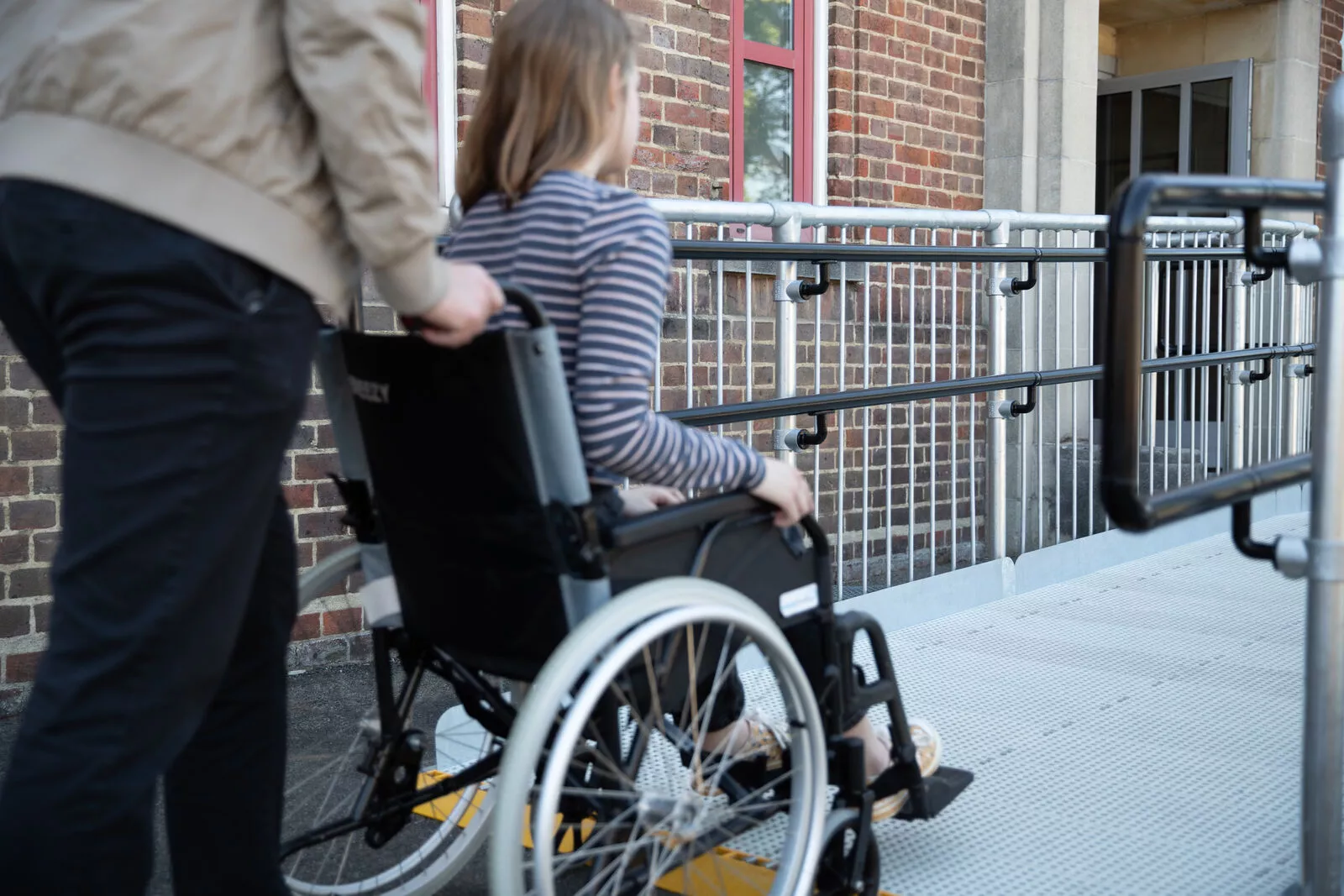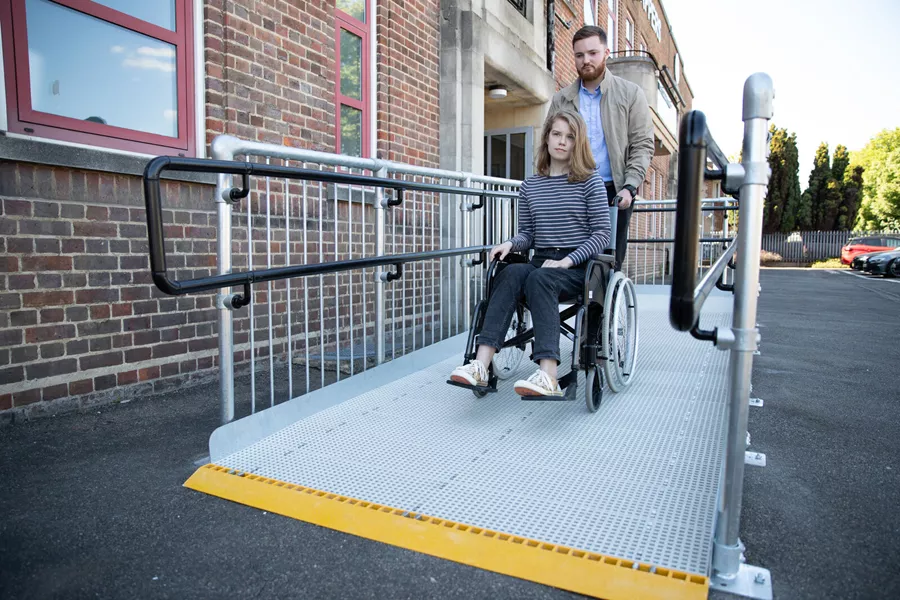
You are visiting the Canada Kee Safety website from United States. Would you like to go to the United States site?

The Accessible Canada Act (ACA) is a federal law that took effect in July 2019 with the overall goal of making Canada “barrier-free” by 2040. The ACA applies to the federal government and organizations it regulates, including government departments and certain private businesses, such as banks, transportation, and the communication industry.
The guiding principles of the ACA are not simply that Canada becomes unhindered by barriers—many now in place. The law expounds that everyone must:
The ACA identifies seven (7) priority areas for the identification, removal, and prevention of barriers to establish full accessibility in Canada:

The Canadian Survey on Disability (published in 2017 and currently being updated) stated that 6.2 million Canadians aged 15 and older—a remarkable 22%—have a disability. 71% of them have two or more disabilities. Of the 10 different types of disabilities identified, “flexibility” and “mobility” rank second and third as most common. For building owners, facility managers, and others that need to adapt their buildings, there is a need for accessible solutions.
With such an ambitious goal and wide-ranging priorities, the ACA outlines how companies and others having at least 10 employees should be inclusive with their planning and implementation. The protocol includes:

Yes. For people confined to a wheelchair or facing other mobility or flexibility challenges, handrails and access ramps can help meet the goals and priorities of the ACA.
To meet standards, a smooth, continuous handrail system must be located on both sides of a stairway, ramp, or walkway and be a consistent height of between 34 and 38 inches. It must be at least 36 inches wide between the handrails to allow wheelchairs to pass through.
For access to buildings and other structures, a safe access ramp incorporates handrails (also considered grabrails) and 36” width to accommodate wheelchairs and provide proper clearance. Guardrails may also be required and should be at least 42” high.
The slope of the ramp should be as shallow as possible but no greater than 1:12 (-5 degrees) for public access. Flat landings are necessary for long distances and whenever there is a change in direction.
Furthermore, ramps just don’t help people with wheelchairs, they help people pushing strollers and luggage. Handrails can help anyone traversing a walkway or stairs.
The Accessible Canada Regulations (ACR) went into effect in December 2021 as the first set of regulations under the ACA. It establishes the rules that regulated entities must follow when publishing accessibility plans, feedback processes, and progress reports. It classifies violations and administers monetary penalties. The ACA will be enforced by Canadian Accessibility Standards Development Organization (CASDO), which is comprised of a board of directors led by persons with disabilities.
“With this legislation now in place, we can begin a journey that will lead us to a society that treats all people with the dignity they deserve.” - Carla Qaultrough, Public Services and Procurement and Accessibility Minister
Although the ACA is designed to address barriers and other impediments for those with disabilities, the greater integration of everyone into society is of benefit to all. It adds to the talent pool, creates greater opportunities for commerce, and enhances socialization and community.
